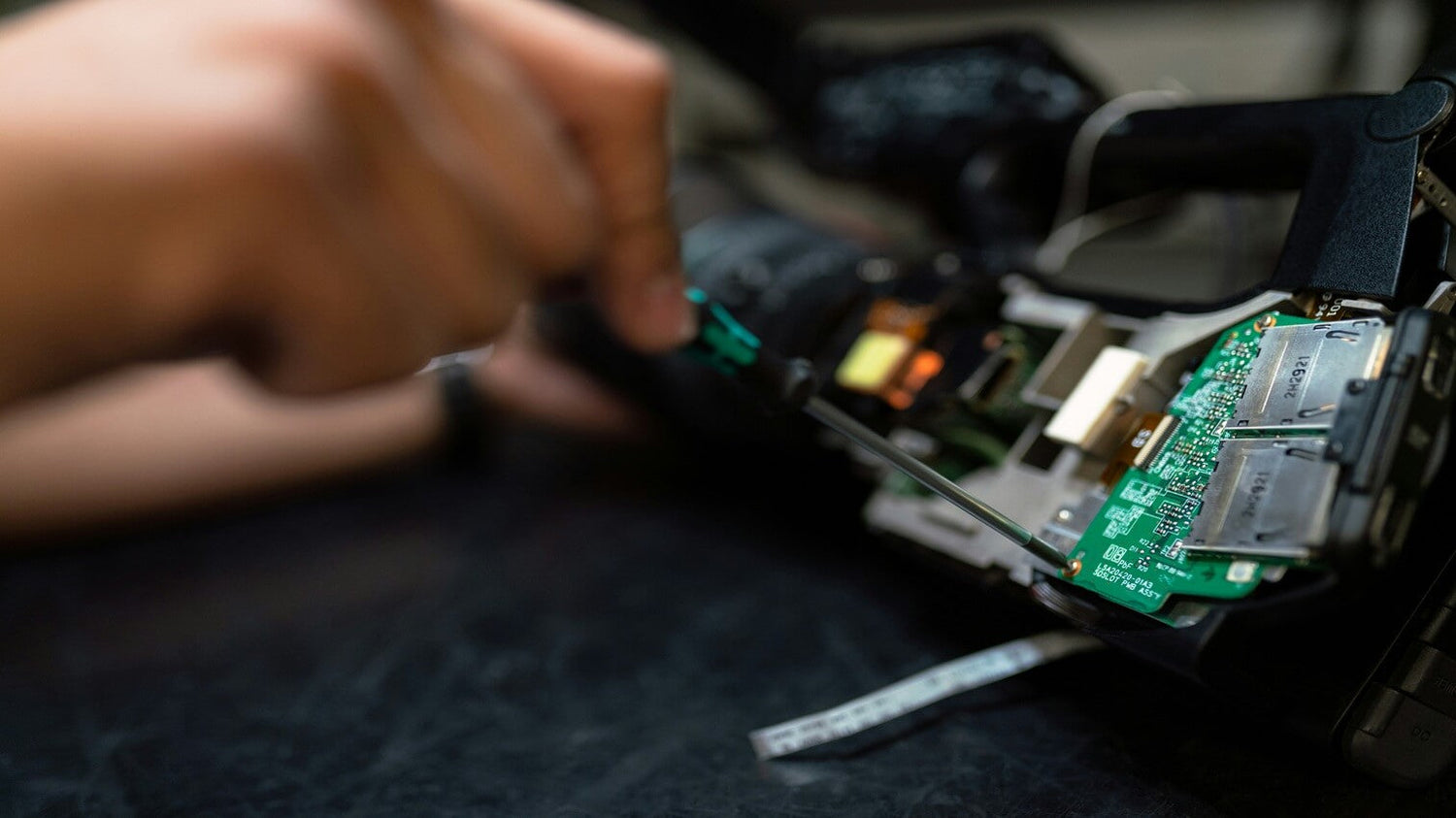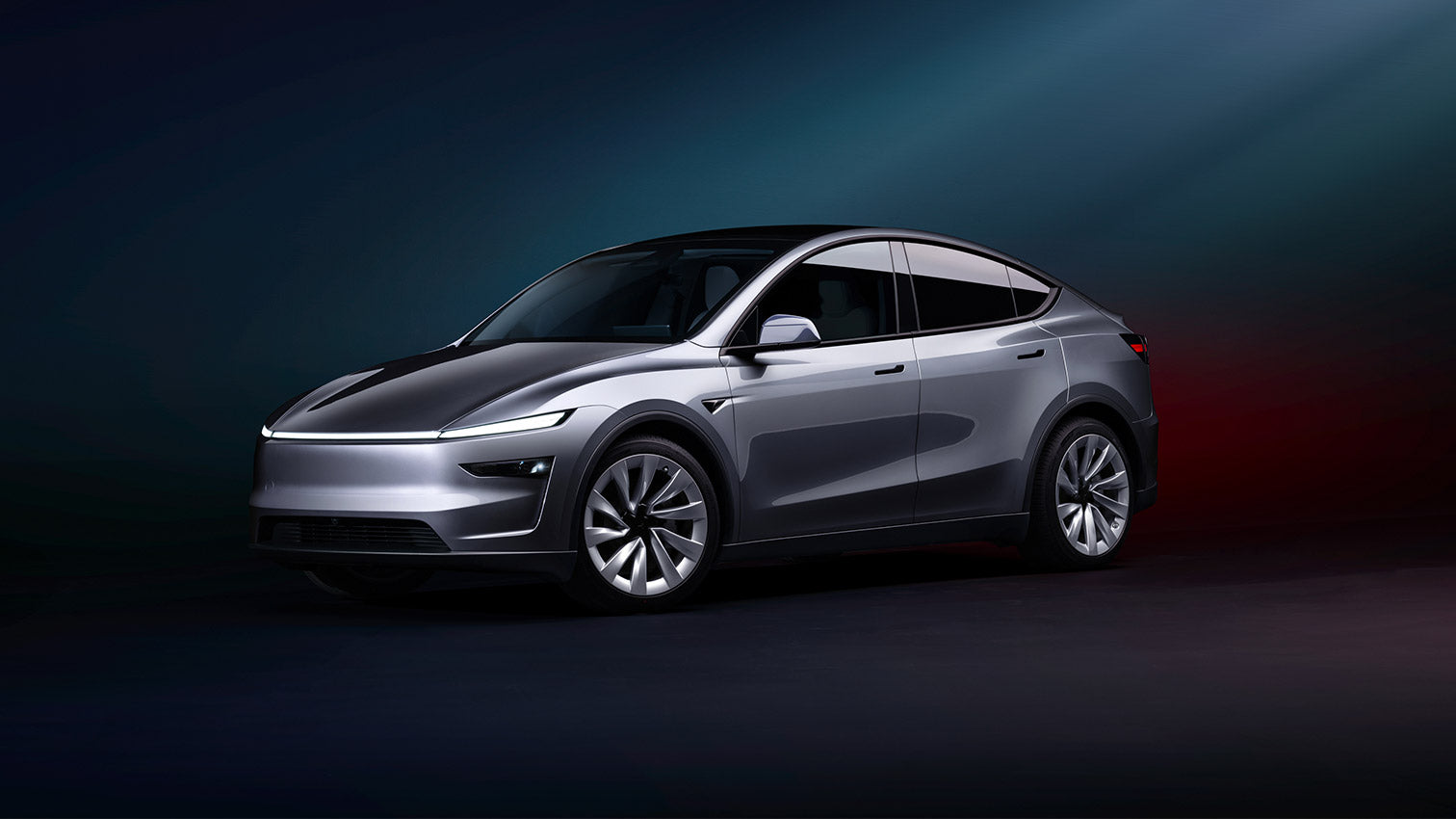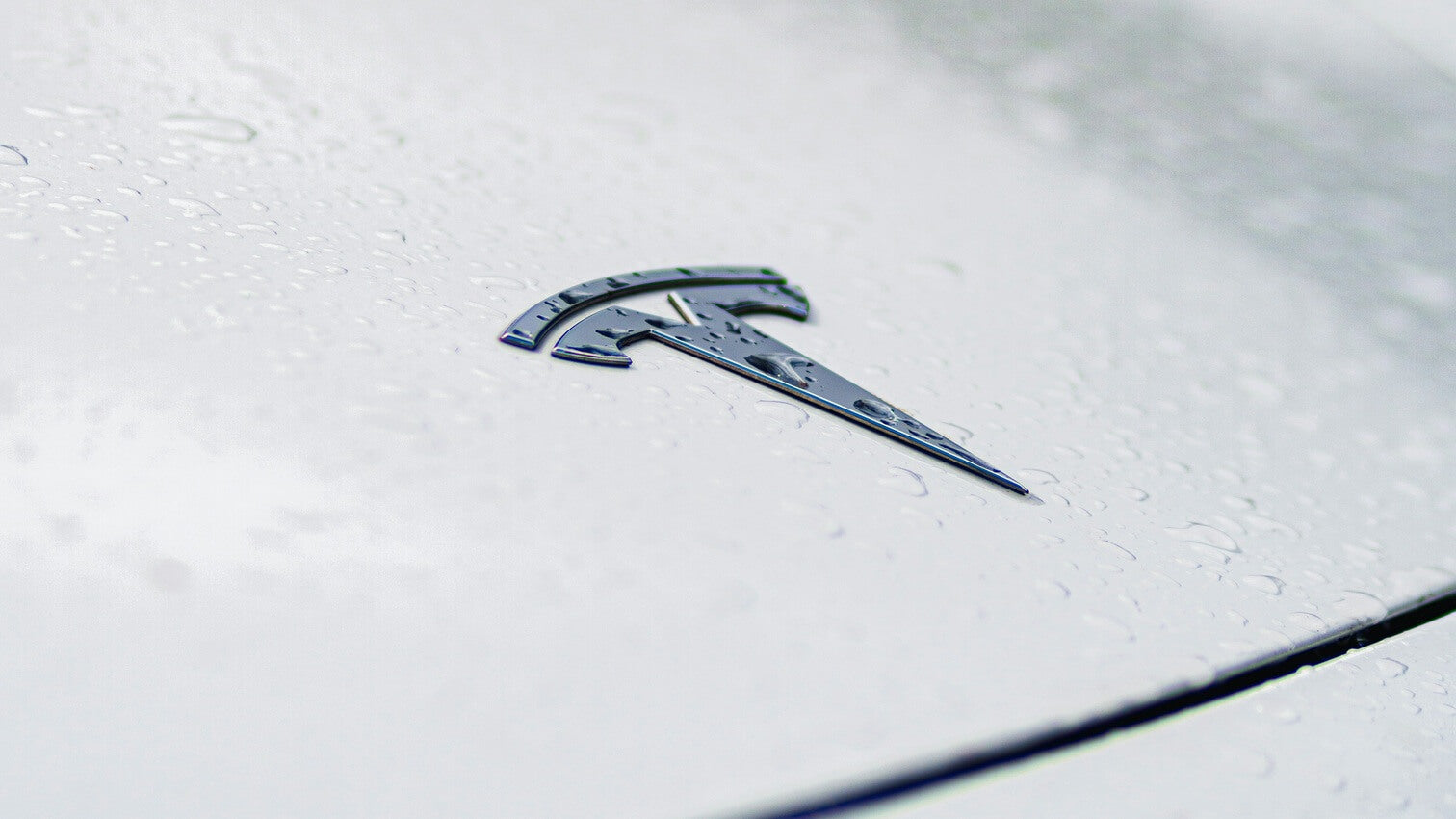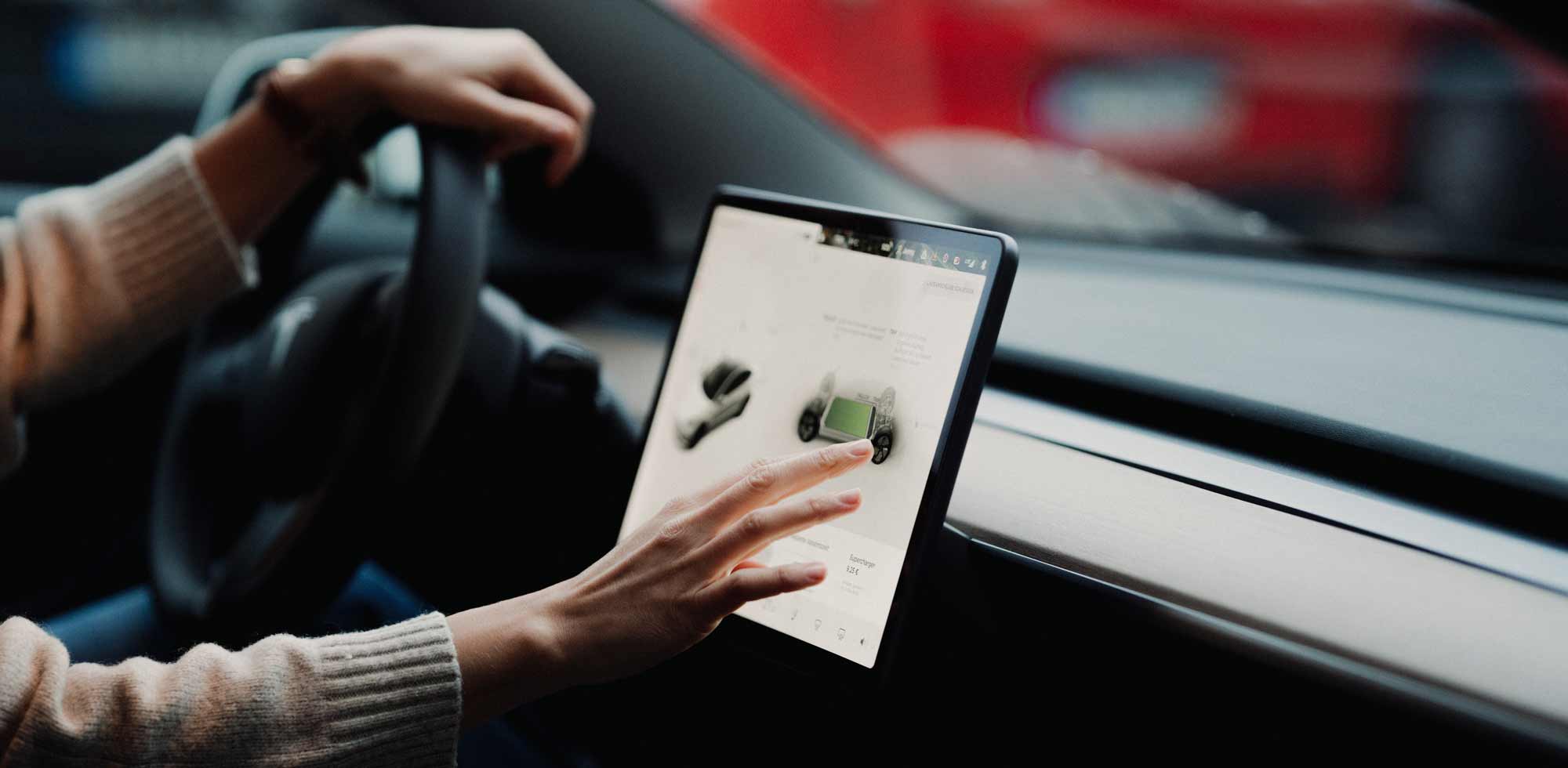The ambition to make Teslas drive autonomously has been around almost as long as the company itself. The "Autopilot" product has been around since 2014, almost two years after the launch of the Model S - but the self-driving car was still a long way off. One reason for this: the installed hardware lacked performance.
As a result, cameras, computers and sensors were continually improved, so that there are now five different hardware versions on the market. Find out how they differ and which suite is installed in your Tesla here.
Hardware 1 to 4: The differences
Although the hardware is only one part of a self-driving system, discussions about Tesla "hardware" suites are usually about the complete package including software.
The first of these complete packages (Hardware 1) was introduced in 2014 and installed in all Model S and Model X vehicles by 2016. However, this first autopilot could only be used for an extra charge; the system was deactivated as standard. Furthermore, fully autonomous driving is not possible with HW1 .
At the end of 2016 (often referred to as VIN number 160,000), Hardware 2 (HW2) was introduced. Better cameras and ultrasonic sensors, a 360-degree all-round view and a 40 times more powerful computing unit were the main improvements. Here you can read exactly what the Tesla VIN number is all about.
With HW2 , the Enhanced Autopilot (EAP) and the "full potential for autonomous driving" (FSD) also became possible, which were sold then as now as paid options and extend the range of functions towards autonomous driving (e.g. through automatic lane changes or autonomous parking).
Further improvements
Just under a year later, HW2 was replaced by the improved HW2.5, which is essentially characterized by new cameras and which evolved into Hardware 3 in March 2019 thanks to a 21 times faster computing unit.
With HW3 , the main autopilot functions such as Lane Keeping Assist and Adaptive Cruise Control were made available free of charge in all new cars for the first time. EAP and FSD remained as surcharge options, FSD customers with HW2(.5) also receive a free upgrade to HW3.
You can also easily upgrade your Tesla hardware yourself: When you visit teslabs.de , you will find all kinds of customized premium accessories that will make everyday life with your Tesla even more comfortable.
Tesla took the latest development step to date in summer 2023 with Hardware 4. New cameras and more CPU cores improve the system by a factor of 5. In the future, Tesla will train this hardware in a new "supercomputer cluster" to finally make autonomous driving possible - but has already announced a new generation of hardware for the end of 2025.
What hardware does my Tesla have?
But now to the important question: How can I tell what hardware is installed in my Tesla? Apart from a few exceptional cases, this can be answered with the model and production date, the corresponding time periods can be found above.
According to this, all Model Y and 3 have the HW3 or HW4, very early Model 3s may also have the HW2.5 installed. Model S and X, on the other hand, are available with all hardware versions. Vehicles produced before 2014 have no autopilot at all, just simple cruise control.
Under "Software" -> "Additional vehicle information" in the vehicle settings, you will also find information on which hardware is installed. Only the distinction between HW3 and HW4 does not take place here, but HW4 can be easily recognized by the red-colored lenses of the vehicle cameras.
AI5: Tesla Hardware 5
Will Hardware 4 enable fully autonomous driving in the future? So far, this has neither been confirmed nor ruled out. Tesla is working on it, but has already announced the fifth hardware generation HW5 . This is intended to make the system ten times faster and will be included in new car production from the end of 2025.
How are you following the development of autonomous driving? Feel free to write a comment!
